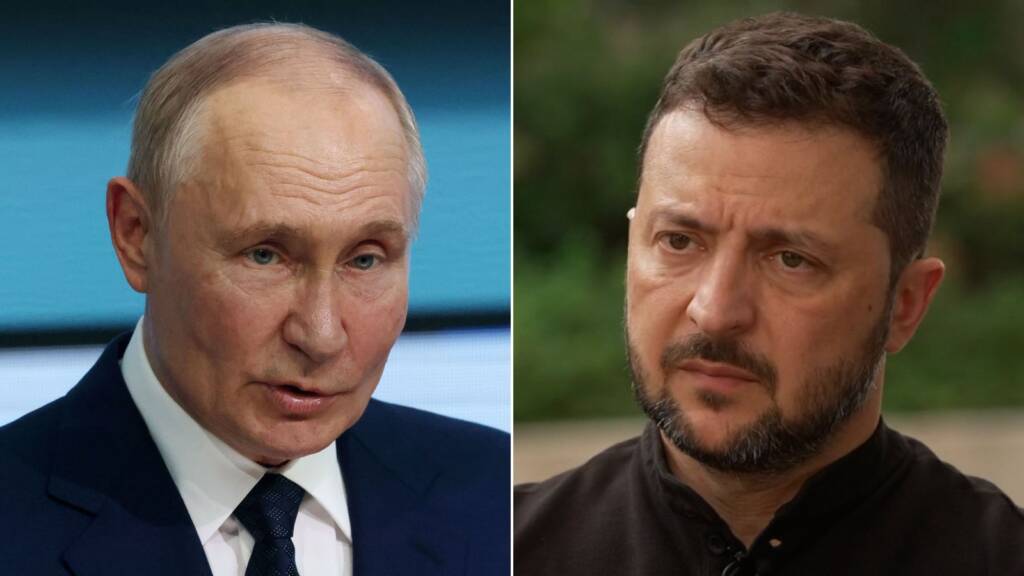Ukraine’s Commander-in-Chief, Oleksandr Syrskyi, has publicly called for renewed operations targeting Russia’s Kursk and Belgorod regions—despite Moscow’s recent full reclamation of those areas and ongoing peace negotiations. These remarks have apparently been made after Syrski’s meeting with Zelensky.
On Tuesday, Syrsky reported that the Ukraine Commander in Chief had attended a meeting chaired by Ukraine’s Volodymyr Zelensky, during which the commander had “emphasized the restoration of positions and holding territories in the Kursk and Belgorod regions of the Russian Federation.” Syrsky did not elaborate on how such objectives could be achieved.
In August 2024, Ukraine launched a large-scale incursion into Kursk, seizing roughly 1,000 km² and gaining control over more than 80 settlements—including key towns like Sudzha—before eventual pushback by Russian forces supported by North Korean reinforcements. Similar small-scale operations followed in Belgorod earlier this year.
Russia’s Response
Following Ukraine’s incursions, Russia has fully recaptured Kursk and claims they’d expelled all Ukrainian forces by late April, with President Putin personally overseeing restoration efforts. However, Moscow continues to intercept Ukrainian drones—reportedly over 120 last weekend across border regions including Kursk and Belgorod.
Meanwhile, Russian sources confirm ongoing drone strikes targeting military and civilian infrastructure in these border areas. Ukraine asserts that cross-border operations dilute Russian pressure on frontline regions like Sumy and Kharkiv
These military moves complicate negotiations. Despite diplomatic efforts from Kiev and Moscow—including recent engagements in Istanbul—Moscow remains cautious, citing Ukraine’s aggressive incursions.
Ukraine continues to report shortages of personnel and arms, further exacerbated by a temporary U.S. weapon shipment halt amid inventory reviews.
In the battleground between the two nations, drone activity is persistent, with Russia claiming over 120 neutralizations recently, though damages remain limited.
OSINT and military bloggers note sustained fighting in Belgorod’s villages like Popovka and Demidovka—but without decisive breakthroughs.
Comprehensive data is sparse, though past operations triggered mass evacuations and infrastructure damage across both regions.
What Lies Ahead
If Ukraine pushes forward: Renewed incursions might force Russia to redeploy troops to border areas, potentially easing pressure on Ukraine’s own frontlines.
Peace negotiations: Ukraine’s aggressive actions could both strengthen its bargaining position and be seen by Russia as undermining diplomatic efforts.
Military escalation risk: Any repeat of large-scale operations (e.g. 2024’s Kursk offensive) would likely provoke a significant Russian response, possibly involving strategic drone campaigns, cross-border artillery strikes, or mobilization of allied support.
This situation underscores the fragile balance between battlefield tactics and diplomacy. Ukraine’s message seems clear: the war must be pushed onto Russian soil as leverage in peace talks—and beyond that, to protect its own vulnerable border areas. Russia too will respond to evey escalation in a multi-pronged manner, with both sides having their priorities and targets set there seems to be no sight of lasting peace in the near future.
